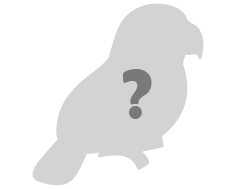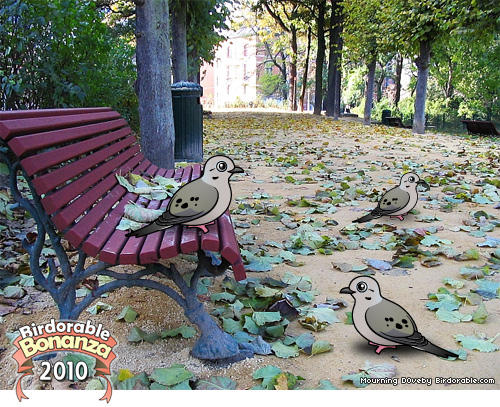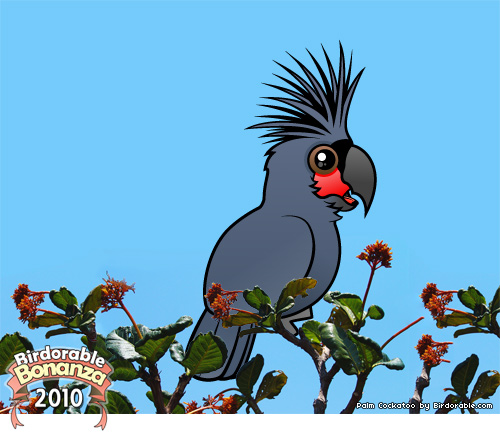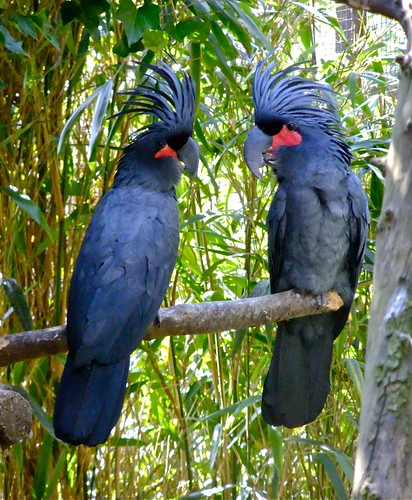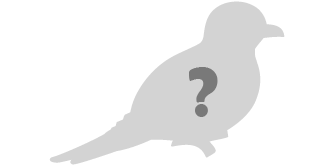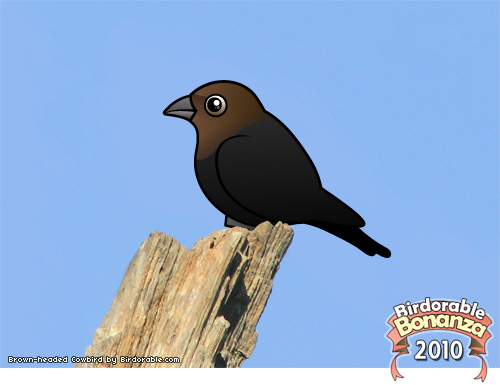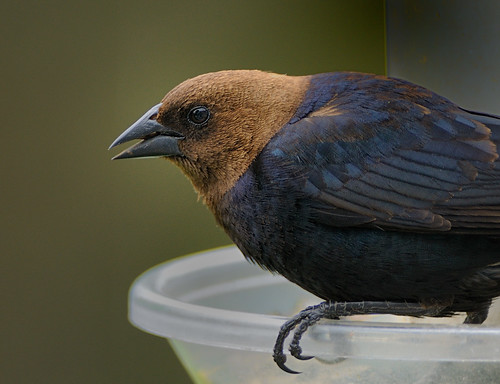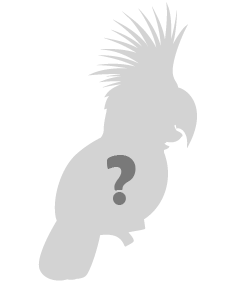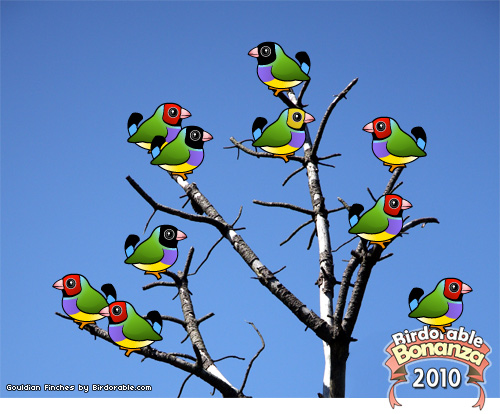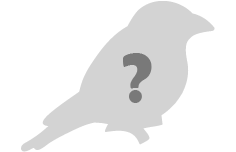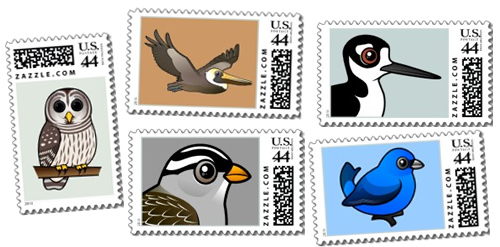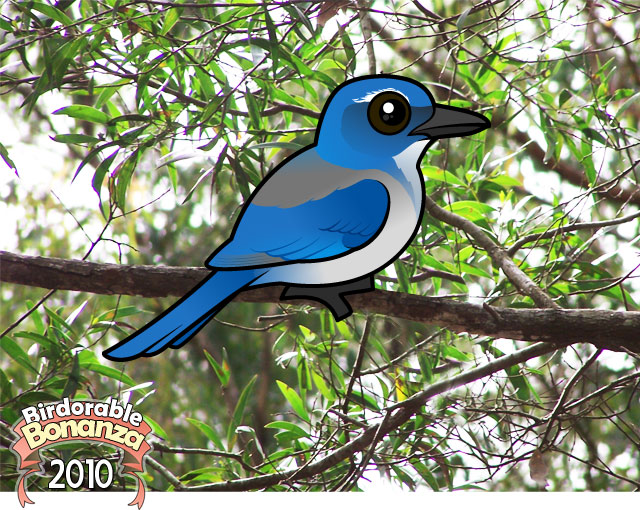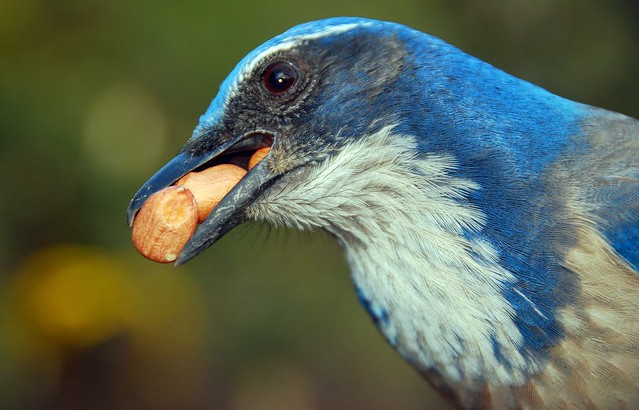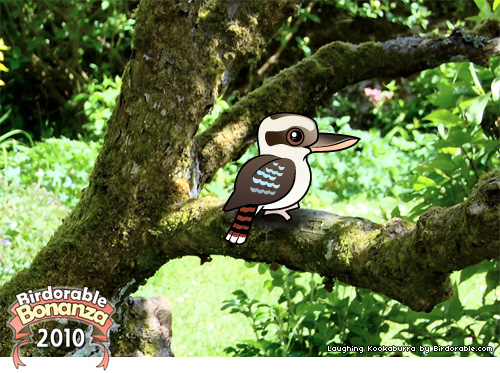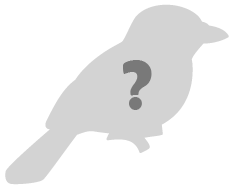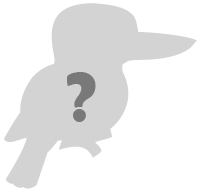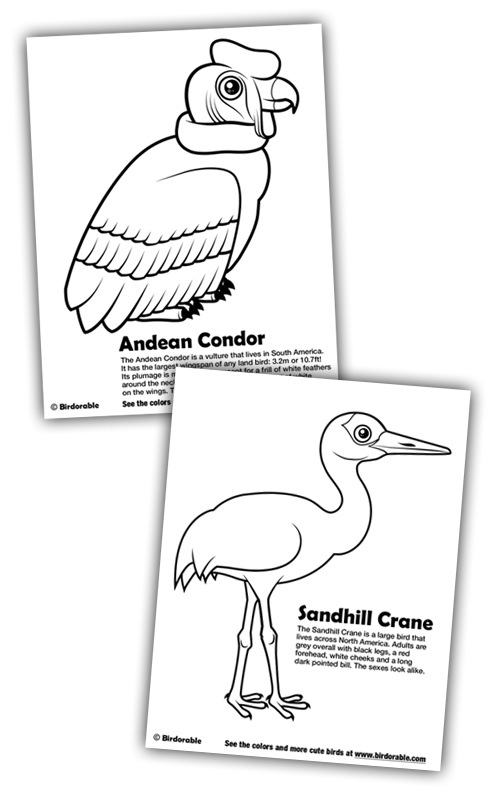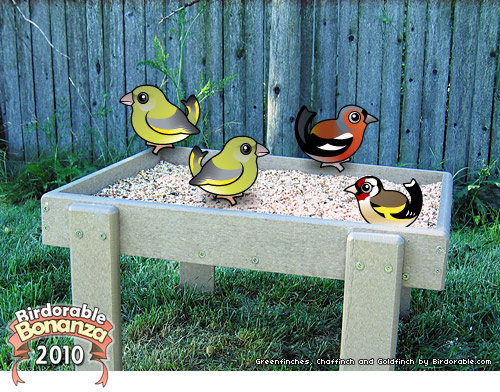
For 18 days we're adding a new Birdorable bird every day as part of our Birdorable Bonanza 2010. Today's bird is the European Greenfinch, shown above with two other common European feeder birds: the European Goldfinch and Chaffinch. The European Greenfinch, known simply as Greenfinch in its native English-speaking countries, is a small bird of the finch family. Like other finches, they feed primarily on seeds, and will visit garden feeders to eat sunflower seeds and other bird seed. Greenfinches are social birds and it is not uncommon to find large flocks of them feeding together, especially outside of breeding season. They will form mixed flocks with other small birds, like European Goldfinches or Chaffinches.
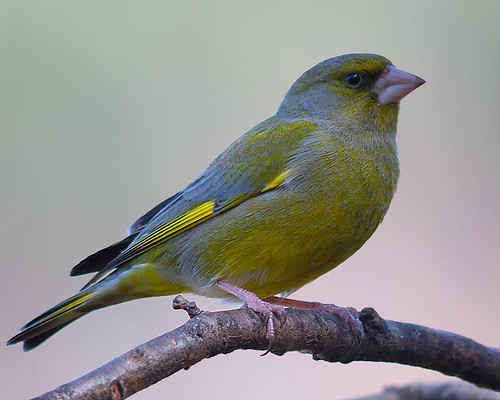
Greenfinch by António Guerra
Tomorrow's bird is a chatty red parrot from Indonesia. Can you guess what it is?
